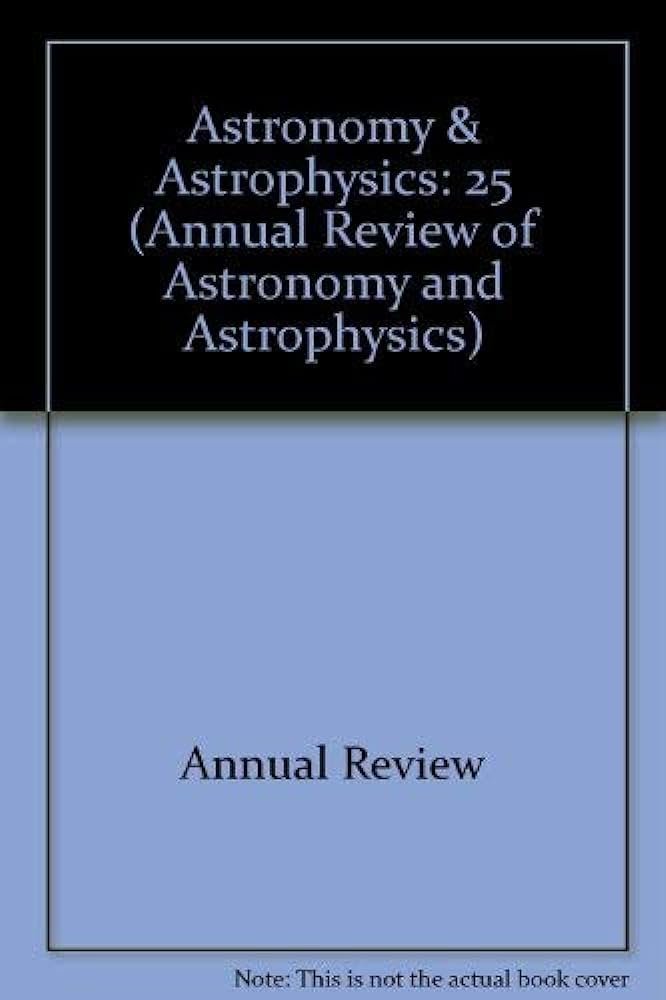The Interstellar Medium in Dwarf Irregular Galaxies
IF 32.5
1区 物理与天体物理
Q1 ASTRONOMY & ASTROPHYSICS
Annual Review of Astronomy and Astrophysics
Pub Date : 2024-04-19
DOI:10.1146/annurev-astro-052722-104109
引用次数: 0
Abstract
Dwarf irregular (dIrrs) galaxies are among the most common type of galaxy in the Universe. They typically have gas-rich, low surface-brightness, metal-poor, and relatively thick disks. Here, we summarize the current state of our knowledge of the interstellar medium (ISM), including atomic, molecular, and ionized gas, along with their dust properties and metals. We also discuss star-formation feedback, gas accretion, and mergers with other dwarfs that connect the ISM to the circumgalactic and intergalactic media. We highlight one of the most persistent mysteries: the nature of pervasive gas that is yet undetected as either molecular or cold hydrogen, the “dark gas.” Some highlights include the following:矮不规则星系中的星际介质
矮不规则(dIrrs)星系是宇宙中最常见的星系类型之一。它们通常具有富含气体、低表面亮度、贫金属和相对较厚的星盘。在这里,我们总结了我们目前对星际介质(ISM)的了解,包括原子、分子和电离气体,以及它们的尘埃特性和金属。我们还讨论了恒星形成反馈、气体吸积以及与其他矮星的合并等问题,这些问题将星际介质与环银河系和星际介质联系在一起。我们将重点讨论最持久的谜团之一:尚未被探测到的分子气体或冷氢气--"暗气体"--的性质。其中一些亮点如下: 大量 Hi 存在于更远的气体盘中。 暗气体盘中的冷氢在银河系中是分子氢,这使得恒星形成云的化学性质大为不同。 恒星反馈对二轨道星系的影响比对螺旋星系的影响大得多。 电离光子的逃逸率很高,这使得 dIrrs 成为早期宇宙再电离的一个可信来源。 观测结果表明,在恒星形成区,与 CO 相关联的氢(H2 或冷 Hi)的丰度明显高于 CO 单独追踪到的丰度。
本文章由计算机程序翻译,如有差异,请以英文原文为准。
求助全文
约1分钟内获得全文
求助全文
来源期刊

Annual Review of Astronomy and Astrophysics
地学天文-天文与天体物理
CiteScore
54.80
自引率
0.60%
发文量
14
期刊介绍:
The Annual Review of Astronomy and Astrophysics is covers significant developments in the field of astronomy and astrophysics including:The Sun,Solar system and extrasolar planets,Stars,Interstellar medium,Galaxy and galaxies,Active galactic nuclei,Cosmology,Instrumentation and techniques,
History of the development of new areas of research.
 求助内容:
求助内容: 应助结果提醒方式:
应助结果提醒方式:


